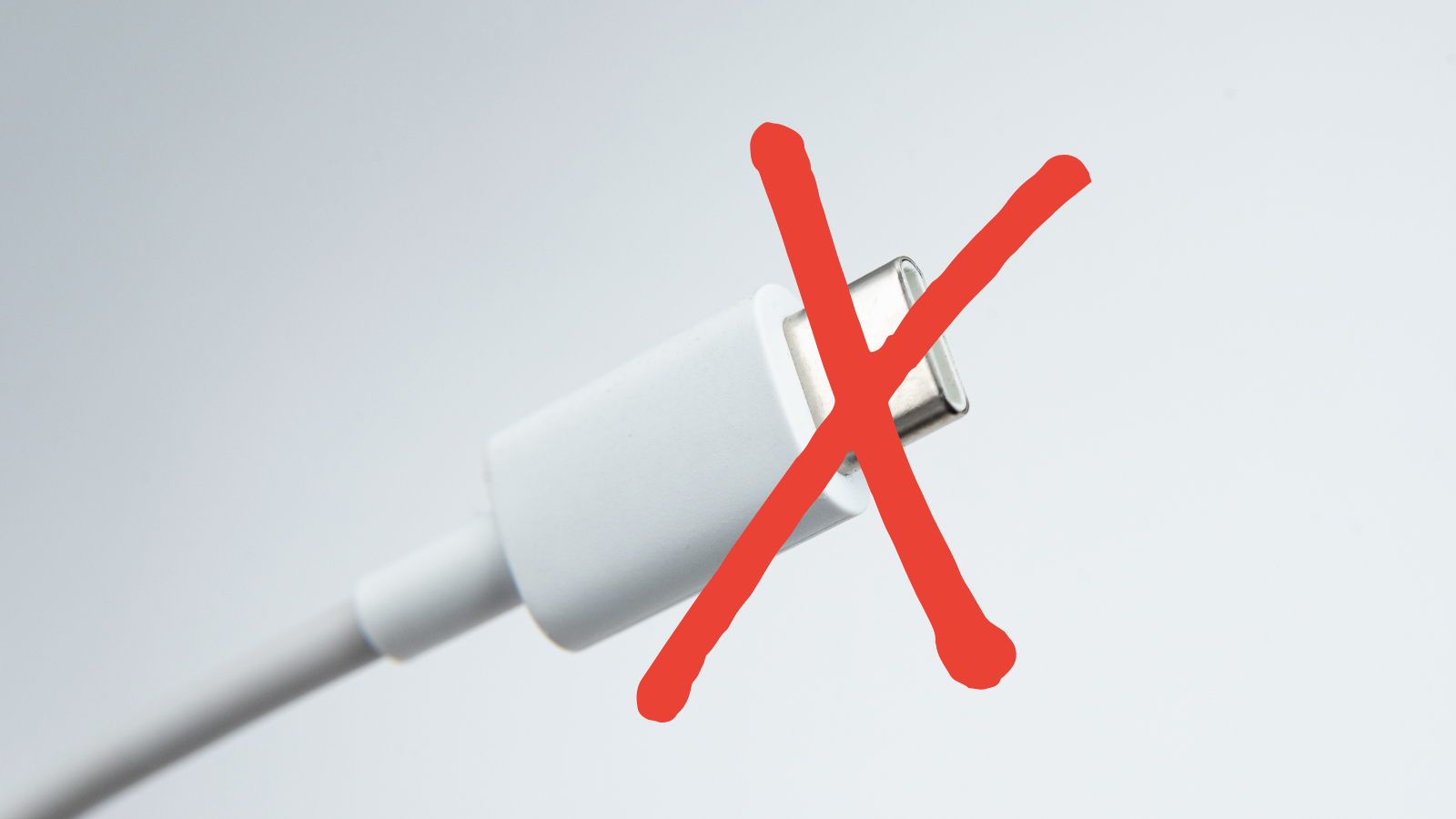Apple’s iPhone 17 Air: A Bold Redesign, But Is It Too Much?

Apple is shaking things up with the iPhone 17 Air, introducing a super-thin design, ProMotion display, and Apple’s first in-house 5G modem. But the most shocking revelation? Apple seriously considered removing the USB-C port entirely, making it a port-free iPhone—before ultimately backing out.
While the sleeker, lighter design is an exciting change, some of Apple’s choices—like having only one camera and a single speaker at a $900 price point—raise some concerns.
Let’s break down what’s new, why Apple almost ditched the charging port, and whether these changes are a step forward or a step too far.

Apple’s Plan for a “Port-Free” iPhone 17 Air
According to Mark Gurman, Apple initially planned to remove the USB-C port entirely, pushing users toward MagSafe and wireless charging only.
However, the company decided against it, likely due to:
🔹 MagSafe’s limitations – MagSafe does not support data transfer, meaning users would lose the ability to sync music via iTunes, transfer files, or restore their devices using a cable. AirDrop is great, but it doesn’t solve every problem. Apple should first develop a MagSafe that supports data transfer before considering a portless iPhone.
🔹 European regulations – If a phone has a port, it must be USB-C under EU law.
🔹 Consumer pushback – Many users still rely on wired accessories for charging, data transfer, and audio connections.
While a fully portless iPhone may still be in Apple’s future plans, it’s clear they aren’t ready to make that leap just yet—and for good reason.
What’s New with the iPhone 17 Air?
Despite keeping USB-C, the iPhone 17 Air is shaping up to be one of the biggest design changes in years.
🔹 Ultra-Thin & Lightweight Design
📏 Expected to be just 5.5mm thin—making it the thinnest iPhone ever.
💰 Priced around $900, replacing the iPhone 16 Plus.
📱 Features a 6.6-inch display, but with some trade-offs.
👍 My take: I like that the phone is getting thinner and lighter. When we add a case, phones always get bulkier and heavier, so starting with a slimmer design should make it more comfortable to use.
🔹 ProMotion & Camera Control
🎥 120Hz ProMotion display, bringing smoother scrolling and animations.
📸 Camera Control, a feature from iPhone 16 Pro, is now included.
🔹 Only ONE Rear Camera?
📷 Unlike the iPhone 16 Plus, the iPhone 17 Air will only have a single rear camera.
👎 My take: At a $900 price point, this is a huge compromise. People love taking photos, and having only one camera limits versatility—no ultrawide or telephoto lens means a much weaker photography experience.
🔹 Single Speaker—A Big Downgrade
🔊 Apple is removing the second speaker, meaning no stereo sound.
👎 My take: This will significantly impact sound quality. Watching videos, playing music, and gaming will all suffer without stereo speakers. At this price, this feels like an entry-level phone, not a premium model.
🔹 Improved Battery Efficiency
🔋 Ultra-thin phones usually mean smaller batteries, but Apple redesigned key components to maintain strong battery life.
🛠️ New display, silicon, and software optimizations help improve energy efficiency.
🔹 Apple’s First 5G Modem (C1 Chip)
📡 Powered by Apple’s in-house C1 5G modem, replacing Qualcomm’s chips.
❌ No mmWave support, meaning slightly slower 5G in some regions.
⚡ Still marketed as “Superfast 5G”, similar to the iPhone 16e.

My Final Thoughts: A Mixed Bag of Good & Bad Changes
While I appreciate the thinner and lighter design, Apple’s other compromises make the iPhone 17 Air feel less premium than it should.
✅ Pros:
✔️ Thinner and lighter design will feel better with a case.
✔️ ProMotion & Camera Control bring some Pro-level features.
✔️ Better battery efficiency despite the slimmer size.
❌ Cons:
❌ Only ONE rear camera—a major downgrade for photography lovers.
❌ Single speaker—hurts sound quality for media and gaming.
Apple seems to be prioritizing form over function with this model. It’s exciting to see a fresh design, but at $900, the lack of a second camera and stereo speakers makes it feel like a step backward.
Final Question: Is This the Right Direction for Apple?
Apple is clearly experimenting with a new iPhone design philosophy, but is this the right balance between innovation and practicality?
👀 What do you think? Is the iPhone 17 Air a smart upgrade, or is Apple cutting too many corners? Let’s discuss on X(Former Twitter)!



